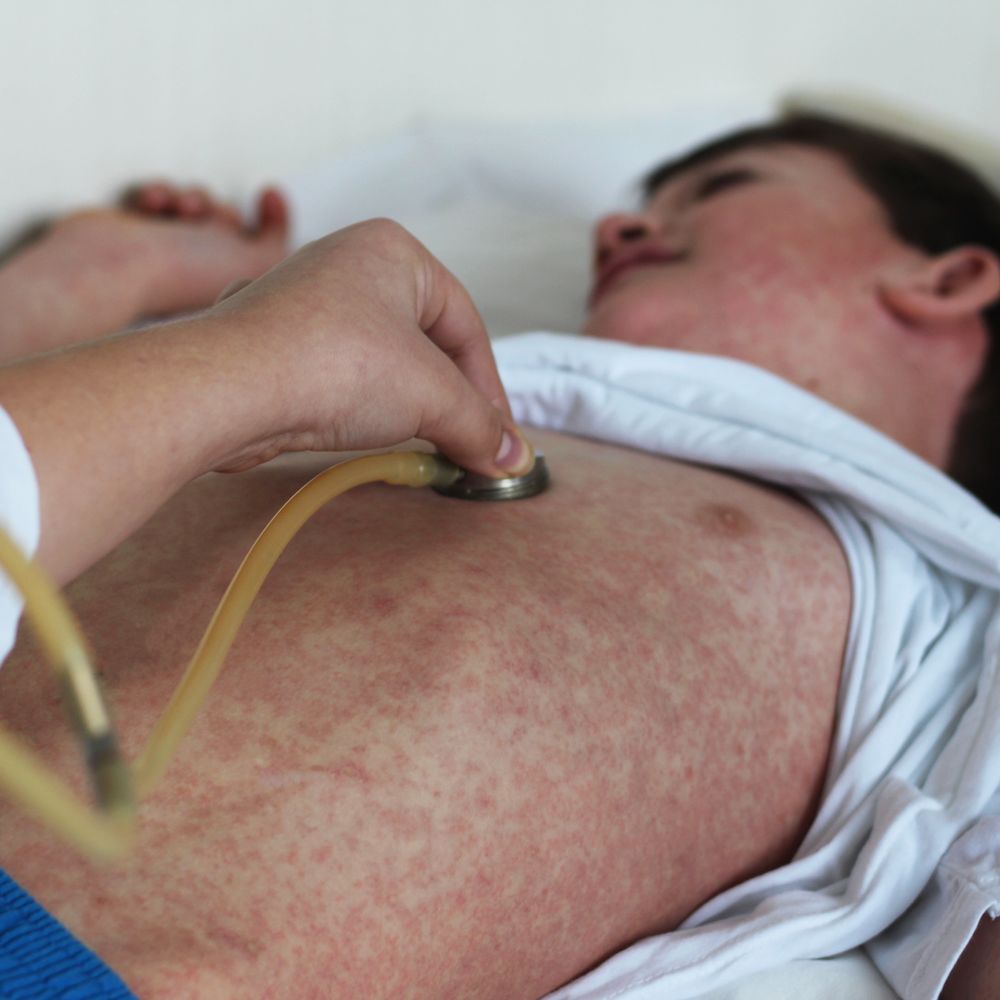What is Flurona, Covid infection, and flu together, and what are the symptoms
It has been identified in Israel, but this is not a rare condition; it is not a variant nor a new disease but it is two infections that coexist (and this, in the most fragile, could cause a more serious disease). To mitigate the risk it is good to proceed with the double vaccine: flu and Covid

What is Flurona?
It is a simultaneous infection with influenza type A or B and the coronavirus Sars-CoV-2. In practice, a person is infected with Covid-19 and flu at the same time. The term Flurona is the crasis between flu, flu in English, and Rona, contraction of coronavirus. It is not a scientific name but the word was coined last December 30 by an Israeli newspaper, Ynet, which reported a pregnant woman who was neither vaccinated against Covid nor against the flu and who had contracted the two. virus at the same time.
Is coinfection something unusual?
No, in influenza pandemics, bacterial co-infections are one of the main causes of mortality, but they are less common among Sars-CoV-2 positives, so much so that the routine use of antibiotics to manage Covid infection is not recommended. 19. Co-infections between SARS-CoV2 and other respiratory viruses including rhinoviruses, enteroviruses, influenza, and other circulating cold coronaviruses have also been documented since the start of the pandemic. The first work documenting co-infections between influenza and coronavirus (nine cases) was published by Chinese researchers in The Lancet on March 25, 2020.
Is Flurona a new disease?
No, as mentioned it is a “media” way to define the simultaneous infection of two different viruses, flu, and coronavirus. It would be a new disease if the two viruses fused together and generated a chimera, but it is something almost impossible and closer to science fiction.
How many cases of Flurona are there?
Some studies estimate that 3% of Covid positives also live with another viral infection, including the flu, but there is no certain data. At the beginning of the pandemic, co-infection was estimated at around 12%: at the time, masks were not yet used by the general population, which also protect against the flu. Once diagnosed with Covid-19 with a molecular swab, the patient is treated for that pathology and it is not practiced to investigate with another molecular test to understand if the flu or another respiratory virus is also present, which also have overlapping symptoms, therefore many cases escape tracking.
Do flu and Covid together cause a more serious disease?
It is still unclear whether dual infection can cause more severe disease and how the two viral agents interact with each other, although one pathogen typically prevails over the other. However, it is likely that a coinfection in a fragile patient could have a more complex course since two inflammatory actions coexist that can cause even important respiratory problems. It should not be forgotten that in the pre-pandemic era, between eight and ten thousand deaths from complications of the flu were recorded in Italy every year .
Is it possible to distinguish the symptoms of the flu from those of Covid?
Flu usually begins abruptly, with a high fever and at least one systemic symptom (e.g. fatigue, muscle aches) and a respiratory symptom (such as cough, nasal congestion). The symptoms of Covid are more varied but in any case all overlap with seasonal disorders. With the Omicron variant, the symptoms seem lighter at least among the vaccinated population, and sore throat, cold and runny nose prevail. The loss of taste and smell, characteristic of the first waves of the coronavirus, seems less frequent today. However, it is not possible to distinguish Covid from flu and the only certain way to make a differential diagnosis is to perform a swab. They also exist on the market rapid combined tests for a differential diagnosis: in a few minutes they detect whether the patient is suffering from Covid or influenza. However, these are more expensive tests, mainly intended for hospitals or general practitioners who need to accurately test the patients most at risk in order to proceed immediately with the correct therapy.
Can we defend against double infection?
To limit the risk of co-infection as much as possible, the vaccine against both influenza and Covid is recommended. It’s not an absolute guarantee that you won’t get viral infections, but it’s a way to mitigate your risk of getting a serious illness.
Can a cold affect the results of molecular or antigen tests?
It can affect the antigenic but only if it is performed poorly, especially at home, because the cold mucus is composed of water, exudate, and cells and can dilute the result. But if the antigenic, as well as the molecular, is made by an expert hand, the risk of interference is zero.




